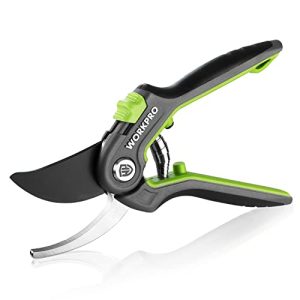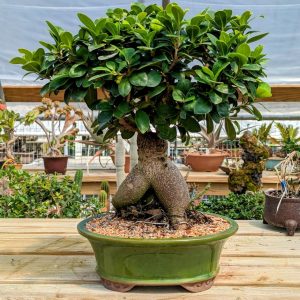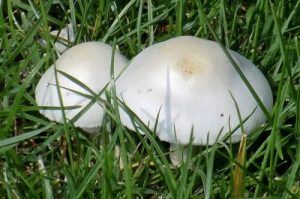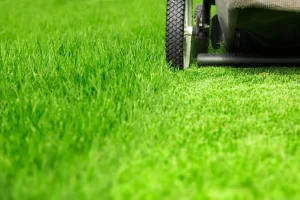Imagine having the power to control nature’s light within your greenhouse. You could watch your plants thrive, no matter the season or weather outside.
But here’s the question that might be on your mind: Do you need grow lights in a greenhouse? This is a topic that can truly transform your gardening experience. Whether you’re nurturing delicate orchids or aiming for a bountiful vegetable harvest, understanding the role of grow lights can be your game-changer.
As you explore this article, you’ll uncover how the right lighting can be the secret to unlocking the full potential of your greenhouse. Stick around, and you’ll discover if investing in grow lights is the missing piece to your vibrant garden puzzle.

Credit: californialightworks.com
Benefits Of Grow Lights In Greenhouses
Greenhouses offer a controlled environment for plants to thrive. But natural sunlight may not always be sufficient. Grow lights can bridge this gap, providing essential light for photosynthesis. Discover the many benefits of using grow lights in greenhouses.
Enhanced Plant Growth
Plants need light to grow strong and healthy. Grow lights deliver consistent light, boosting photosynthesis. This results in faster growth and improved plant health. You can control light duration and intensity. This lets you tailor conditions to each plant’s needs. With grow lights, plants have the light they need all year.
Year-round Productivity
Natural sunlight varies by season. Grow lights offer a steady supply of light, regardless of weather. This means greenhouses can produce crops year-round. Grow lights extend the growing season. Farmers can plant and harvest more often. This increases crop yield and boosts productivity. Greenhouses with grow lights can operate efficiently, even in winter.
Types Of Grow Lights
Different types of grow lights can enhance plant growth in greenhouses. LED lights are energy-efficient and last longer. Fluorescent lights provide a balanced spectrum, ideal for seedlings.
When cultivating plants in a greenhouse, grow lights play a crucial role. They provide essential light that plants need for photosynthesis. Different types of grow lights cater to various plant needs and growth stages. Understanding these types helps in selecting the right light for your greenhouse. Below, we explore some popular grow light options.Led Lights
LED lights are energy-efficient and long-lasting. They produce minimal heat, reducing the risk of overheating plants. LED lights come in various spectrums, catering to different plant needs. They are suitable for all growth stages, from seedling to flowering. Many gardeners prefer LED due to its cost-effectiveness over time.Fluorescent Lights
Fluorescent lights are a popular choice for seedlings and young plants. They provide a soft, cool light, ideal for early growth stages. T5 fluorescent lights offer high output with low heat emission. Compact fluorescent lights (CFLs) are also used for small spaces. They are budget-friendly and easy to install.High-intensity Discharge Lights
High-Intensity Discharge (HID) lights are powerful and effective. They are often used for larger greenhouses. These lights produce more heat, which can be beneficial in colder climates. There are two main types: Metal Halide (MH) and High-Pressure Sodium (HPS). MH lights are great for vegetative growth, while HPS lights support flowering.Factors To Consider
Assessing the need for grow lights in a greenhouse involves climate, plant type, and natural light levels. Consideration of seasonal changes and energy costs also plays a crucial role.
Factors to Consider Choosing to use grow lights in your greenhouse can significantly impact plant growth and productivity. But before diving into this decision, it’s crucial to weigh several key factors. These considerations will help you create an optimal environment for your plants while balancing costs and energy use.Light Intensity
The intensity of light your plants receive plays a vital role in their photosynthesis process. Different plants have varying light intensity needs; for instance, tomatoes might require brighter lights compared to leafy greens. Evaluate the specific needs of your plants to determine the appropriate light intensity. A simple lux meter can measure the current light levels in your greenhouse. This tool helps ensure you’re providing just the right amount of light, avoiding both under and overexposure.Duration And Timing
How long and when you expose your plants to light is equally important. Many plants need 12 to 16 hours of light daily, but this can vary. Consider setting a timer for your grow lights to maintain a consistent schedule. Adjusting the duration of light exposure according to seasonal changes can mimic natural conditions. This small tweak can make a big difference in plant health and yield.Energy Efficiency
Think about the energy consumption of your grow lights. LED lights are popular for their energy efficiency and long lifespan. They may have a higher upfront cost but save money on electricity bills in the long run. Do you want to reduce your carbon footprint? Opting for energy-efficient lighting solutions is a step in the right direction. Balancing energy efficiency with plant needs can help you maintain an eco-friendly greenhouse.
Credit: sunco.com
Installation Tips
Consider the size and structure of your greenhouse for optimal light installation. Choose LED grow lights for energy efficiency. Position lights evenly to ensure plants receive sufficient light throughout the day.
Installing grow lights in your greenhouse can be a game-changer for your plants, especially during those long, dark winter months. Getting the installation right is crucial for maximizing the benefits of your grow lights. This guide will walk you through some practical installation tips to ensure your greenhouse is lit to perfection.Placement Strategies
Where you place your grow lights can make a huge difference. It’s important to position the lights so they cover as much plant area as possible. Consider hanging them directly above your plants, keeping a safe distance to avoid overheating. Adjustable hanging systems can be a great investment. They allow you to change the height of the lights as your plants grow. If you’re working with a variety of plant heights, using multiple smaller lights can ensure even distribution.Safety Measures
Safety should always be top of mind when dealing with electrical installations. Ensure your grow lights are waterproof or have adequate protection against humidity. Water and electricity are not friends, so this is crucial to prevent any mishaps. Use surge protectors to safeguard against voltage spikes. This can prevent damage to your lights and reduce fire risk. Regularly inspect cords and plugs for any signs of wear and tear. Installing a timer can also enhance safety by automating the lights, so you don’t have to remember to turn them on and off. This not only saves energy but also ensures your plants get the consistent light they need. Have you ever considered the impact of light on your plants’ growth cycle? Ensuring proper placement and safety when installing grow lights can make all the difference in achieving a flourishing greenhouse.Common Mistakes To Avoid
When setting up grow lights in a greenhouse, it’s crucial to avoid common mistakes that can hinder plant growth rather than help it. Missteps can lead to wasted energy and money, and even damage your plants. Here are some pitfalls you should steer clear of to ensure your plants thrive.
Overexposure
Too much light can harm your plants. While plants need light for photosynthesis, overexposure can lead to leaf burn and stunted growth. Think about it: have you ever gotten sunburned after spending too much time in the sun? Plants can experience a similar issue.
To avoid this, regularly check your plants for signs of stress. Yellowing leaves or brown tips can be indicators. Adjust the duration and intensity of the grow lights to suit the specific needs of your plants.
Ignoring Plant Needs
Different plants have unique light requirements. Ignoring this fact can result in poor plant health and reduced yields. Consider the natural habitat of your plants. Does it thrive in bright, direct sunlight, or does it prefer the shaded forest floor?
Create a schedule that mimics the natural light conditions your plants would typically experience. Tailor your grow light setup to cater to these needs. This attention to detail can make all the difference in your greenhouse success.
Cost Considerations
When you consider adding grow lights to your greenhouse, understanding the cost implications is crucial. Whether you’re a seasoned gardener or a hobbyist, the financial aspect can significantly impact your decision-making process. Let’s break down the cost considerations of installing grow lights in a greenhouse.
Initial Investment
The initial investment in grow lights can vary widely depending on the type and quality of lights you choose. LED grow lights, for instance, are popular for their efficiency and longevity, but they tend to be more expensive upfront compared to fluorescent or incandescent options.
It’s essential to weigh this initial cost against potential long-term savings. You may find that spending a bit more initially can reduce replacement costs and energy consumption over time.
Think about your specific needs. Do you require high-intensity lights for large-scale operations or just a few supplemental lights for a small greenhouse? This decision will guide your initial spending.
Long-term Costs
Beyond the initial purchase, consider the ongoing costs associated with grow lights, including energy bills and maintenance. LED lights, while more expensive at first, generally consume less electricity and last longer, making them a cost-effective choice in the long run.
Regular maintenance is another aspect of long-term cost. Some lights may require frequent replacements or repairs, affecting your overall expenditure. LED lights often have a longer lifespan and require less maintenance, saving you both time and money.
Reflect on your long-term goals. Are you prepared to manage these ongoing costs, or would you prefer to seek alternative solutions that might offer lower operational expenses?
Ultimately, the decision to use grow lights in your greenhouse involves careful consideration of both immediate and long-term financial commitments. Balancing these costs against the benefits can lead to a more fruitful and enjoyable gardening experience.
Alternatives To Grow Lights
Natural sunlight can be an effective alternative to grow lights in a greenhouse. Reflective surfaces and proper plant arrangement help maximize light exposure.
If you’ve been wondering whether you truly need grow lights in your greenhouse, consider exploring alternatives. While grow lights offer specific advantages, they aren’t the only way to nurture your plants. Let’s delve into some practical and effective options that could suit your greenhouse setup.Natural Sunlight
Natural sunlight is the most obvious and readily available alternative to grow lights. Harness the power of the sun by strategically positioning your greenhouse to maximize light exposure. Think about the location and orientation. Is your greenhouse getting enough daylight? If not, relocating it might be an option. Consider seasonal changes. The angle and intensity of sunlight vary with seasons. Adjust your planting schedule accordingly to take advantage of peak sun periods.Reflective Materials
Reflective materials can amplify the light within your greenhouse, making it a cost-effective way to boost plant growth. Use reflective surfaces like aluminum foil or white paint on walls and ceilings to bounce light around. This simple addition can significantly enhance light distribution. Experiment with different materials. What works best in your greenhouse? Sometimes, a small tweak can lead to better light coverage and happier plants. Reflective materials can also help in conserving energy. With less reliance on artificial lighting, you might notice a drop in electricity bills. Isn’t that a win-win? Have you tried using mirrors? They can redirect sunlight to shaded areas, providing a balanced light environment throughout the greenhouse. By exploring these alternatives, you can create an efficient and sustainable environment for your plants without solely relying on grow lights. Which strategy will you try first?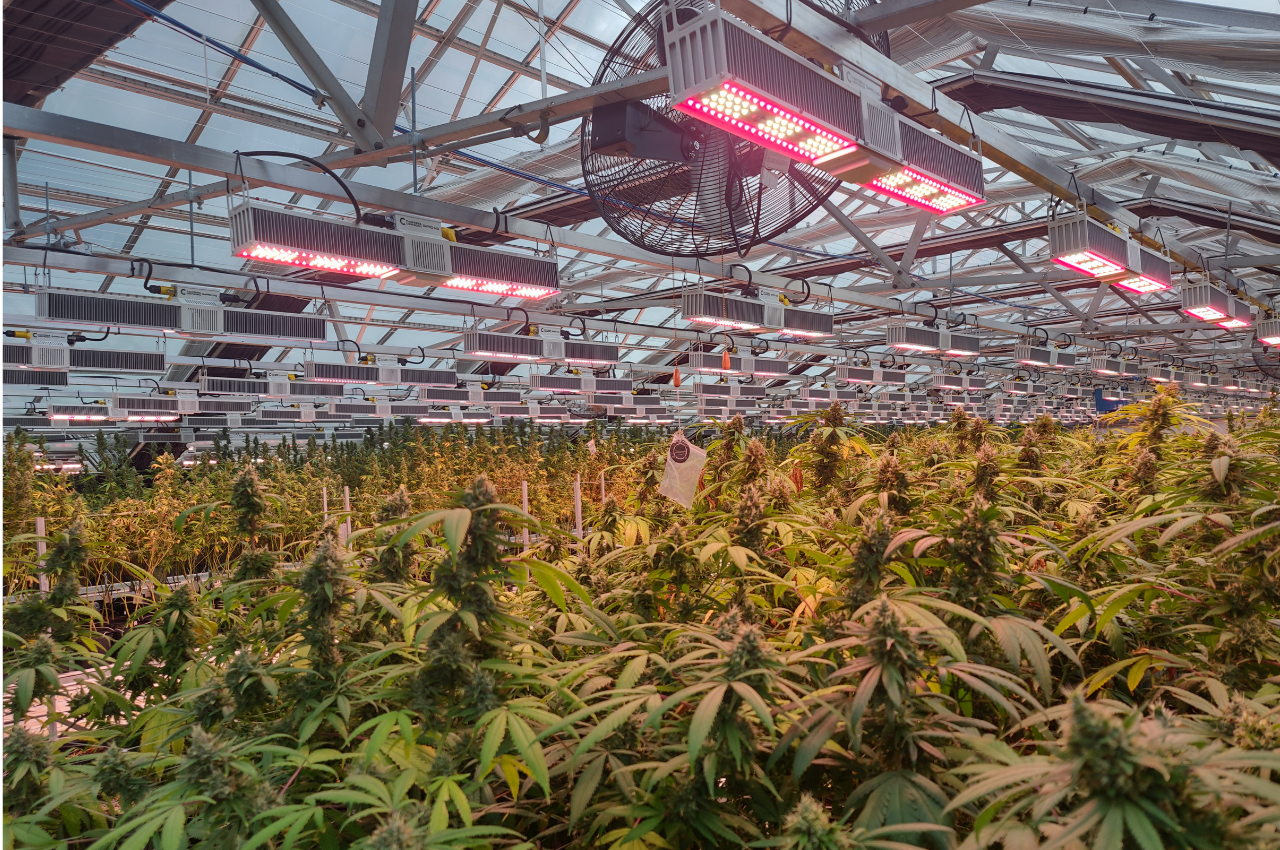
Credit: californialightworks.com
Frequently Asked Questions
Do I Need Grow Lights If I Have A Greenhouse?
Grow lights may be needed in a greenhouse during winter or cloudy days to ensure optimal plant growth. Natural sunlight might not suffice in certain conditions, so supplemental lighting can be beneficial. Assess your plants’ needs and greenhouse location for the best results.
Can You Fully Grow Plants In A Greenhouse?
Yes, you can fully grow plants in a greenhouse. It provides controlled conditions like temperature and humidity. This environment supports year-round growth, offering protection from pests and adverse weather. Ensure proper ventilation and lighting for optimal plant health and productivity.
Can Any Led Light Be Used As A Grow Light?
Not all LED lights work as grow lights. Only LED lights with the right spectrum support plant growth. Look for LEDs that emit blue and red wavelengths. These promote photosynthesis and healthy plant development. Ensure your LED grow light has sufficient brightness and coverage for your plants’ needs.
What Should You Not Grow In A Greenhouse?
Avoid growing plants that need cold weather, like broccoli or Brussels sprouts, in a greenhouse. They thrive better outdoors.
Conclusion
Consider your greenhouse’s light needs carefully. Grow lights can boost plant growth. Some plants thrive with extra light. Others may not need it. Assess the natural sunlight available. Check plant requirements. Decide based on your budget and goals. If sunlight is scarce, grow lights help.
They support growth year-round. Energy costs matter too. Choose energy-efficient options. Experiment with different light types. Listen to your plants. Monitor their progress. Adjust as necessary. Grow lights can be a useful tool. They enhance your growing experience. Make informed choices for your greenhouse.
Plant health should be your priority.


